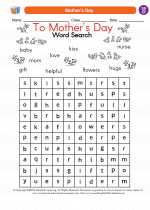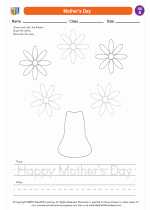Chinese New Year
Chinese New Year, also known as the Spring Festival, is the most important traditional festival in Chinese culture. It marks the beginning of the lunar new year and is a time for family reunions, feasting, and celebrating. The festival lasts for 15 days, with each day carrying its own significance and customs.
History
The origins of Chinese New Year can be traced back thousands of years to the legend of the Nian, a mythical beast that would come out on the eve of the new year to devour livestock, crops, and even villagers. To protect themselves, people would put up red decorations, light firecrackers, and make loud noises to scare the Nian away. This tradition evolved into the festive customs observed during Chinese New Year.
Traditions and Customs
Chinese New Year is marked by a variety of traditions and customs, including:
- Spring Cleaning: Homes are cleaned to sweep away bad luck and make way for good fortune.
- Family Reunions: Families gather for a reunion dinner on New Year's Eve, often featuring traditional dishes and delicacies.
- Red Decorations: Red is the predominant color, symbolizing good luck, happiness, and prosperity. Red decorations are put up in homes and streets.
- Fireworks and Firecrackers: These are set off to ward off evil spirits and bring good luck for the coming year.
- Gift-Giving: Red envelopes containing money are given to children and unmarried adults as a symbol of good luck and blessings.
- Dragon and Lion Dances: Colorful dragon and lion dances are performed in streets and public spaces to bring good luck and prosperity.
Food
Food plays a central role in Chinese New Year celebrations. Some popular dishes include:
- Dumplings: These symbolize wealth and are often eaten on New Year's Eve.
- Nian Gao: A sticky rice cake that represents progress and growth in the new year.
- Fish: Eating fish is believed to bring surplus and wealth for the coming year.
- Oranges and Tangerines: These fruits symbolize wealth and good fortune.
Study Guide
As you prepare to learn more about Chinese New Year, here are some key questions to consider:
- What are the main traditions and customs associated with Chinese New Year?
- How is the Chinese New Year festival similar to or different from New Year celebrations in other cultures?
- Why is the color red significant during Chinese New Year?
- What role does food play in Chinese New Year celebrations, and what are some traditional dishes eaten during the festival?
- How do Chinese families prepare for and celebrate Chinese New Year?
Exploring these questions will provide a deeper understanding of the cultural significance and traditions of Chinese New Year.
.◂Social Studies Worksheets and Study Guides First Grade. Observance of Holidays

 Worksheet/Answer key
Worksheet/Answer key
 Worksheet/Answer key
Worksheet/Answer key
 Worksheet/Answer key
Worksheet/Answer key
 Worksheet/Answer key
Worksheet/Answer key
 Worksheet/Answer key
Worksheet/Answer key
 Worksheet/Answer key
Worksheet/Answer key
 Worksheet/Answer key
Worksheet/Answer key
 Worksheet/Answer key
Worksheet/Answer key
 Worksheet/Answer key
Worksheet/Answer key
 Coloring Worksheet
Coloring Worksheet
